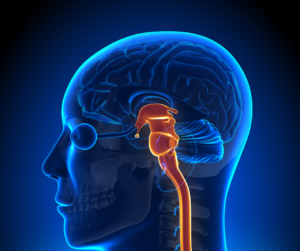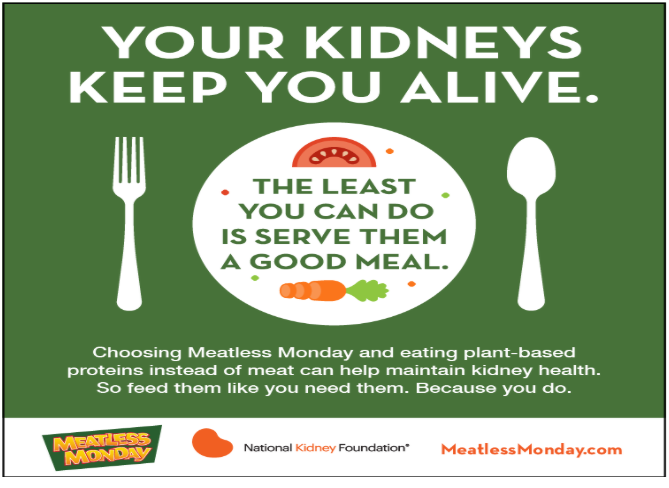Chiropractic clinical case histories have been a regular feature of our patient newsletter since its inception. There seems to be no limit to the health problems that respond positively to chiropractic care. How many people suffering, reliant on medication and drugs, and facing a life of limitation could be helped by chiropractic care?
Probably most of them.
Constipation
The patient, a 54-year-old woman, had been experiencing constipation for the past eight months, with less than three bowel movements per week. Along with this, she also complained of bloating in her stomach but without any pain. Chiropractic adjustments were performed on her C1, C2, T6, L4, and sacroiliac joints to address any vertebral subluxations. After receiving one month of care, the patient was able to have at least one bowel movement per day. (1)
Cerebral Palsy in an infant
An infant diagnosed with Cerebral Palsy was brought to a chiropractic clinic at the age of 3½ weeks. The baby boy had suffered from encephalopathy, a brain damage caused by low oxygen during birth. It took 30 minutes for the ambulance to arrive, and the infant was already 70 minutes old when he reached the hospital. The doctors had informed the parents that their child might be confined to a wheelchair for the rest of his life. However, after starting chiropractic treatment twice a week, adjustments were made to his sacrum, atlas, and cranium. As he progressed, the frequency of visits reduced to once a month over a period of five years. The patient’s mother also provided physical therapy sessions at home. As a result, the patient can now walk, talk, and function like any other normal child, although with slight developmental delays. The patient is no longer wheelchair-bound. (2)
Ear Conditions
Five individuals, ranging from infancy to five years old, were battling with persistent otitis media despite having been on antibiotics for no less than half a year. Each of these patients then embarked on a regime involving chiropractic care. Remarkably, they all showed signs of recovery within the time frame of 3 days to 8 weeks, with the results being highly satisfactory. Among the five, three patients had misalignment at the atlas vertebra; one manifested a dislocation at the occipital bone, while another had both atlas and axis vertebrae out of place. In addition to this, comprehensive spine adjustments were performed on them. [3]
Sciatica and Back Pain
A 30-year-old woman suffered from upper back pain and sciatica. She also had scoliosis and significant pelvic rotation. Medical interventions such as physical therapy failed to make significant improvements to her complaints.
Vertebral subluxations were found at the levels of C2, T6, and Right Ilium.
She was seen twice a week for six weeks and once a week for six weeks. After care, she reported a resolution of sciatica, a significant decrease in upper back pain, and marked improvements in neck and lower back ranges of motion. [4]
Do you know someone with these issues?
Please encourage them to make an appointment with us!
- Acosta B. Resolution of Chronic Constipation in a 54-Year-Old Female Following Chiropractic Care: A Case Study & Review of the Literature Annals of Vertebral Subluxation Research, Volume 2024 Annals of Vertebral Subluxation Research. January 2, 2024, Pages 1-7
- Rubin D, Taylor C. Chiropractic Care & Long Term Follow Up of an Infant with Cerebral Palsy: A Case Report & Review of the Literature. Journal of Pediatric, Maternal & Family Health Chiropractic, Volume 2023Journal of Pediatric, Maternal & Family Health, Chiropractic ~ December 12, 2023 ~ Pages 35-42
- Fysh PN. Chronic recurrent otitis media: case series of five patients with recommendations for case management. Journal of Clinical Chiropractic Pediatrics 1996 1(2):66-78.
- Hamstead A. Reduction of Upper Back Pain & Resolution of Sciatica Following Chiropractic Care to Reduce Vertebral Subluxation in a 30-Year-Old Female with Scoliosis: A Case Study Annals of Vertebral Subluxation Research ~ January 16, 2024 ~ Volume 2024 ~ Pages 8-14
















